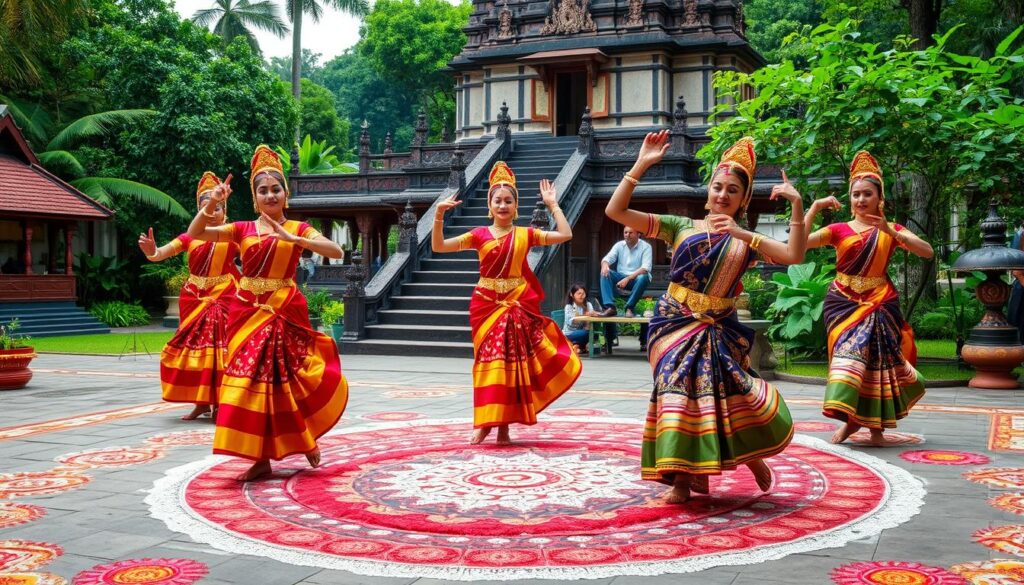Sri Lanka’s Health Sector Crisis: Doctors Leave En Masse
Sri Lanka’s healthcare system faces a big problem. A lot of doctors are moving away because they want better pay. This leaves a huge medical staff shortage and could lead to a public health emergency. In the last two years, over 1,700 doctors have left. This is almost 10% of all the doctors in the country. They’re leaving because of the country’s economic problems.
Last year, inflation in Sri Lanka hit a record 73%. This makes life hard for doctors. They’re dealing with bad work conditions and less money. This situation is getting worse. Now, the Government Medical Officers Association (GMOA) says about 100 rural hospitals might close.
Because many doctors are leaving, some surgeries cannot be done. 75% of emergency service doctors have also left. There are plans to fix this. First, they want countries hiring Sri Lankan doctors to pay some form of compensation. Also, they’re thinking of ways to make doctors stay. This includes making living and working in rural areas better.
The Catalysts Behind the Healthcare Exodus
The healthcare workforce migration from Sri Lanka is due to many reasons. These include economic troubles, soaring inflation, and a lack of healthcare policy improvements. It’s vital to know why this is happening. By understanding, we can work on keeping talent in the country.
Economic Downfall and Inflation Surge Impacting Medical Professionals
Sri Lanka’s economy is in bad shape, and this has hit medical workers hard. The value of the Sri Lankan rupee has fallen sharply. It went from Rs 200 to Rs 365 against the US dollar after March 2022. This drop means healthcare workers can buy less with their money. High inflation rates make this worse. Together, these factors lead many to leave in search of financial stability abroad. This situation is detailed at this link.
Lack of Government Support and Eroding Respect for Doctors
Doctors in Sri Lanka don’t get much help from the government. This makes things worse. Taxes on individuals have gone up a lot. Also, the government barely acknowledges the free work doctors do. This lack of respect and support makes doctors want to work in other countries. It adds to the problem of doctors leaving Sri Lanka.
International Recruitment Luring Healthcare Talent Abroad
While local problems continue, other countries are attracting Sri Lanka’s medical workers. Places like the United Kingdom offer good wages, better career growth, and nicer living conditions. These offers are tempting for many in Sri Lanka’s struggling health system. So, a lot of skilled healthcare workers decide to move for better chances.
Economic problems, little government help, and better chances abroad have caused a big healthcare worker exodus in Sri Lanka. To stop this, Sri Lanka must reform healthcare and manage resources better. Doing so is critical to keep healthcare workers in the country and to protect the nation’s health systems.
Strategies and Potential Solutions for Talent Retention and Sector Recovery
Sri Lanka is dealing with a health crisis and trying to keep its healthcare workers. They are also working on improving the healthcare sector. The Government Medical Officers Association suggests higher pay and more chances for career growth. This is especially for those working in hard-to-reach areas. Still, it’s tough to fight against the unfair treatment within the medical world and to fix the lack of supplies and staff in public hospitals.
The country is in a tough economic spot, as explained by OMP Sri Lanka. The government is working with the IMF to manage the situation without harming public healthcare. They plan to improve the healthcare supply system and start care units with digital support. Their goals include better mental health services and a future Disease Control Center. They hope the National Health Policy 2025 will build a solid health system with support from the WHO.
Economic reforms are needed to fix the nation’s economy. This will help create jobs and reduce poverty. However, the severe economic issues are causing skilled healthcare workers to leave. There’s hope that partnerships between the public and private sectors can change healthcare for the better. Working on these issues and fixing the income gap will make healthcare more fair for everyone. Solving these problems is essential for a better healthcare system in Sri Lanka.


